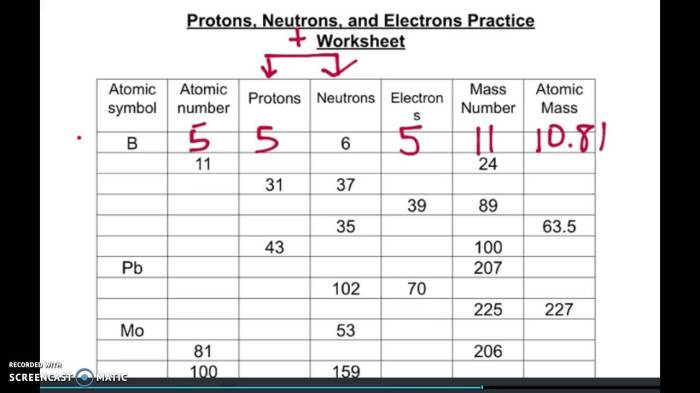Practice packet unit 12 acids and bases answers – Delve into the intriguing world of acids and bases with our comprehensive practice packet unit 12 answers. This meticulously crafted guide provides a profound understanding of these fundamental chemical concepts, empowering you to navigate the complexities of chemical reactions with confidence.
From the intricacies of pH and pOH scales to the dynamic realm of acid-base reactions, this resource unveils the secrets of chemical interactions. Discover the practical applications of acids and bases in everyday life and industry, and explore their pivotal role in environmental chemistry.
1. Introduction to Acids and Bases: Practice Packet Unit 12 Acids And Bases Answers
Acids and bases are two fundamental concepts in chemistry. According to the Arrhenius theory, acids are substances that produce hydrogen ions (H+) when dissolved in water, while bases are substances that produce hydroxide ions (OH-) when dissolved in water.
Common examples of acids include hydrochloric acid (HCl), sulfuric acid (H2SO4), and nitric acid (HNO3). Common examples of bases include sodium hydroxide (NaOH), potassium hydroxide (KOH), and calcium hydroxide (Ca(OH)2).
Acids and bases have distinct properties. Acids are typically sour to the taste, corrosive to metals, and turn blue litmus paper red. Bases are typically bitter to the taste, slippery to the touch, and turn red litmus paper blue.
2. pH and pOH Scales
The pH scale is a measure of the acidity or alkalinity of a solution. It ranges from 0 to 14, with 0 being the most acidic and 14 being the most basic. The pOH scale is a measure of the hydroxide ion concentration in a solution.
It is calculated as the negative logarithm of the hydroxide ion concentration.
The pH and pOH scales are related by the following equation: pH + pOH = 14.
3. Acid-Base Reactions
Acid-base reactions are chemical reactions that occur between an acid and a base. There are three main types of acid-base reactions: neutralization, precipitation, and gas evolution.
Neutralization reactions occur when an acid and a base react in equal amounts to produce a salt and water. Precipitation reactions occur when an acid and a base react to produce an insoluble solid. Gas evolution reactions occur when an acid and a base react to produce a gas.
The Law of Conservation of Mass states that mass cannot be created or destroyed in a chemical reaction. This means that the total mass of the reactants in an acid-base reaction will be equal to the total mass of the products.
4. Acid-Base Titrations
Acid-base titrations are used to determine the concentration of an unknown acid or base. In an acid-base titration, a known volume of acid is added to a known volume of base until the solution reaches the equivalence point. The equivalence point is the point at which the moles of acid and base are equal.
Indicators are used in acid-base titrations to signal the equivalence point. Indicators are substances that change color at a specific pH. The color change of the indicator indicates that the equivalence point has been reached.
5. Applications of Acids and Bases
Acids and bases have a wide range of applications in everyday life, industry, and environmental chemistry.
In everyday life, acids and bases are used in batteries, cleaning products, and food preservation. In industry, acids and bases are used in the manufacture of fertilizers, plastics, and pharmaceuticals. In environmental chemistry, acids and bases are used to neutralize pollutants and to treat wastewater.
FAQ Guide
What is the difference between an acid and a base?
Acids release hydrogen ions (H+) in water, while bases release hydroxide ions (OH-) in water.
How do you calculate pH?
pH = -log[H+], where [H+] is the molar concentration of hydrogen ions in the solution.
What is the purpose of an acid-base titration?
To determine the concentration of an unknown acid or base by reacting it with a known concentration of a strong acid or base.
